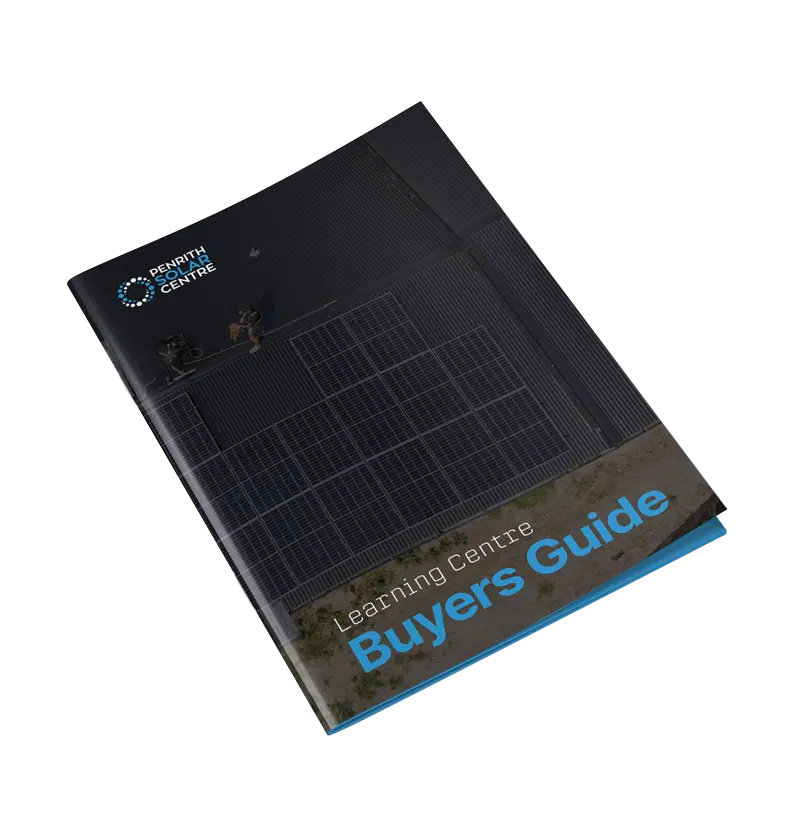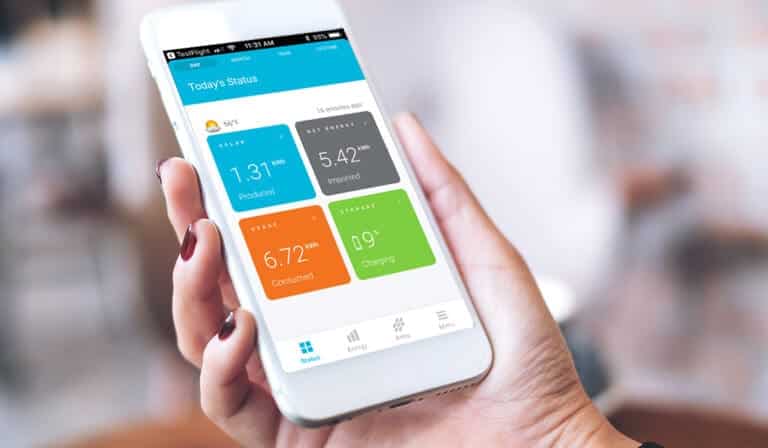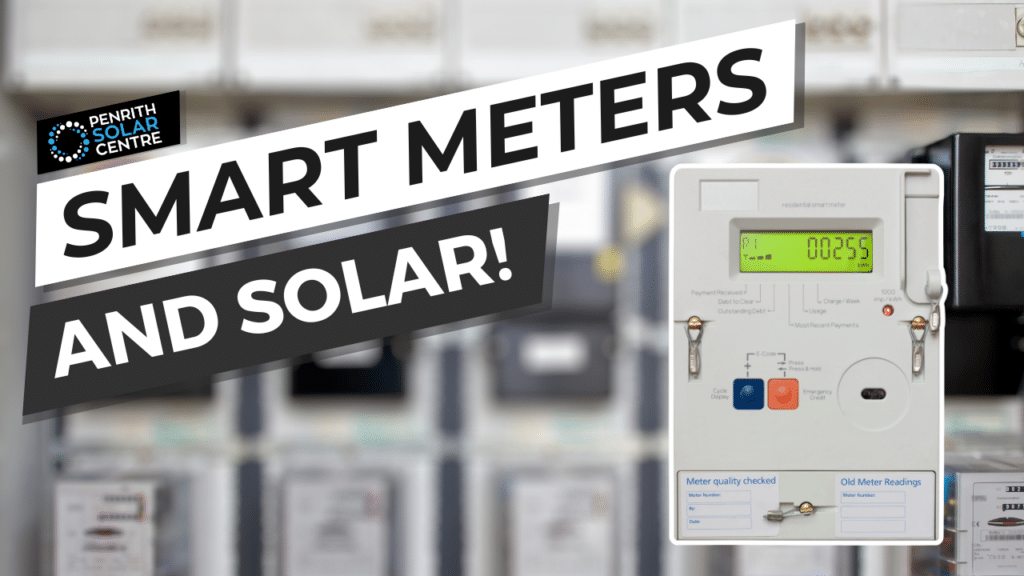
You’re shopping for a solar system and researching every facet of what you need to do to maximise the efficiency of your system. Maybe you stumbled across the term “smart meter” or maybe a solar salesperson has mentioned it to you. Once you install your solar system, you’re going to need to get one.
But what is it? Why do you need it? Who is going to do this for you?
At PSC, we’re experts in the complexities of solar installations, especially when it comes to understanding the components that help your system perform. Smart meters are a new technology that works to accurately determine exactly how much electricity you import or export to the grid. The more you know about your intake and output, the better informed you are to make decisions (about energy) that will save you money.
In this article, you will learn:
- What is a Smart Meter?
- Who Installs a Smart Meter and Why?
- A Brief Aside About Battery Storage and Smart Meters
- Smart Meters and Solar
By the end of this article, you will be an expert in all things smart meter-related.
What is a Smart Meter?
A smart meter is a device with a digital communication device that measures when you use electricity and how much you use. It records your energy in at least 30-minute intervals (but 15-minute intervals are more common).
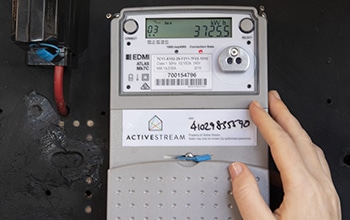
These new meters have significant benefits. They are 100% digital, ensuring constant accuracy.
They are equipped with a SIM card and are connected to the internet so you can get data live (give or take 15 minutes). There are huge benefits to that when it comes to tracking energy and keeping your energy retailer accountable. Smart meters eliminate any risk of what we call an “estimate bill read.”
Back in the day with analogue meters, folks would occasionally get a huge bill. If you looked closely at the bill to find a little E next to the amount billed. That E stood for “estimate”: they just estimated what you used and said, “We’ll catch up on the next read in three months’ time.”
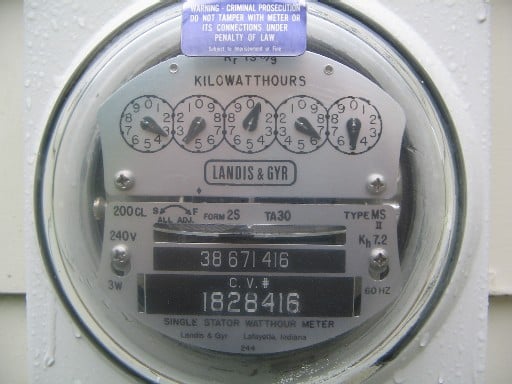
It wasn’t quite fair to consumers because you might have received a huge bill. It could have easily been double your last bill, and that was scary. It may have even caused some to live in discomfort until the next quarter, just purely fearing what their next bill might be.
Smart meters have completely eliminated that. The readings are real. The ratings are live, and the readings are accurate. Gone are the days of getting an “estimate bill read.”
The remote reading (with the installed SIM card we mentioned) is a huge advantage too. When you switch to an energy retailer — Nectr, for instance — you can use their app to track your daily energy consumption in 15-minute intervals. It’s kind of like a private smart meter that you may have installed when you install solar panels.
The Enphase Enlighten portal, along with the Tesla app, take it a step further: they provide live readings and allow you to download detailed data, even offering insights into energy transactions with the grid (feed-in tariffs). The ability to monitor consumption in 15-minute intervals is a powerful tool when investing in solar energy. Consumption monitoring, now a standard feature with Enphase systems, is akin to buying a car without a speedometer in 2024 – simply put, unwise.
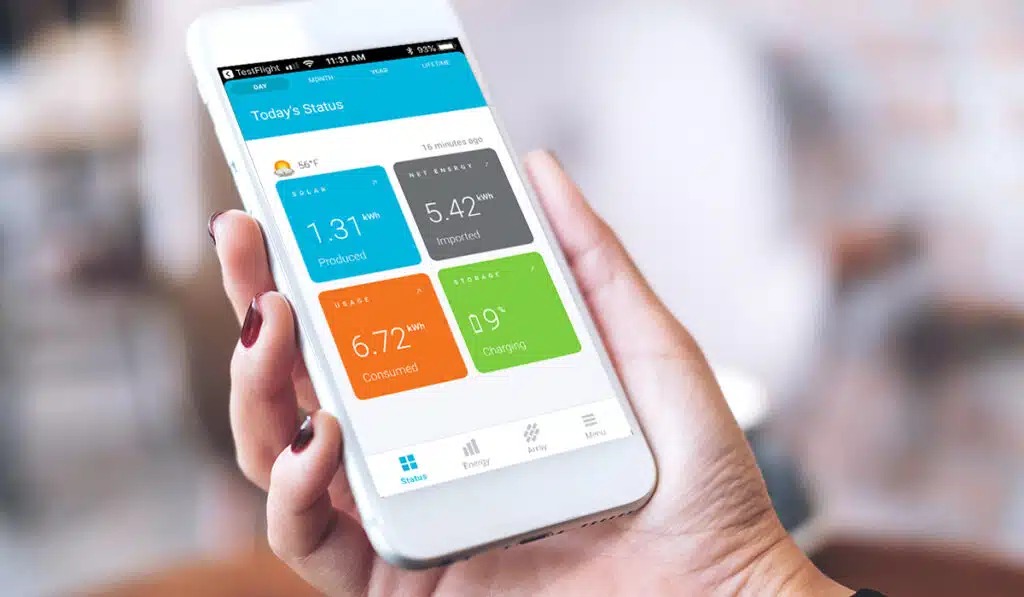
If you’re interested in learning more about consumption monitoring, you might want to check out the following article titled, What is Consumption Monitoring?
Who Installs a Smart Meter and Why?
Energy retailers install smart meters in each distributor’s region in New South Wales. Your energy retailer is who bills you for your electricity and is different from your energy distributor who delivers the energy to your residence while maintaining the grid.
If you’re interested in learning more about energy retailers and energy distributors, you might want to check out the following article titled, Energy Distributors vs. Energy Retailers: What’s the Difference?
Different plans with the same energy retailer may have different costs depending on whether they’re with Endeavour Energy, Ausgrid, or Essential Energy. Endeavour Energy is often the cheapest, with favourable and efficient infrastructure management, resulting in lower costs. Essential Energy faces higher costs due to fewer clients in rural areas.
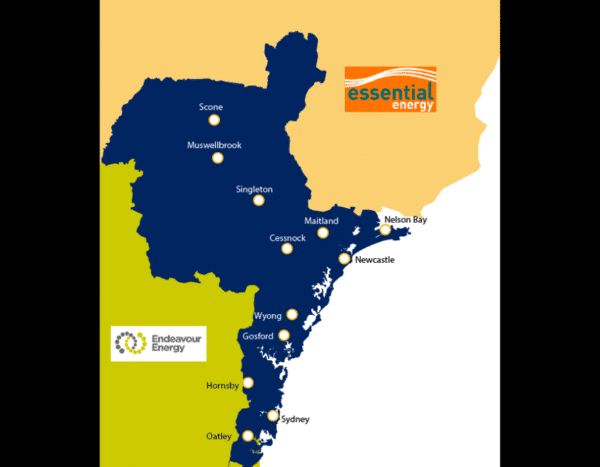
In contrast, Ausgrid, located closer to the city, has slightly higher costs. This is because of advanced time-of-use metering, where rates vary throughout the day. Time-of-use metering charges different rates depending on the time of day when you are using electricity.
A smart meter eliminates the need for a separate meter to record off-peak electricity for heating your hot water during the night.
With a smart meter, your entire home, including hot water, can be on a single meter. This allows for dynamic pricing based on live market conditions.
For example, during peak events like scorching days between 5:00 and 8:00 in the evening, when solar energy is limited, the grid may experience high demand, leading to increased wholesale energy costs. A smart meter enables real-time adjustments to your energy price, reflecting the current demand on the grid. It’s a significant advancement in energy management.
A Brief Aside About Battery Storage and Smart Meters
Time-of-use plans can benefit those with battery storage.
Batteries, like the Tesla Powerwall 3, are becoming smarter. They adapt to time-of-use pricing, allowing programming based on different energy costs throughout the day.
This ties into the concept of virtual power plants (VPPs). In a virtual power plant, batteries understand the value of energy (because they are programmed to). For instance, Nectr might offer $0.50 per kWh for energy provided between 5:00 to 8:00 at night, which is especially common in summer when – as we mentioned – the grid is strained from everyone using their air conditioner. In such cases, it’s worthwhile for the battery to charge from the grid during the day at a lower cost and discharge between 5:00 to 8:00 at night for a higher feed-in tariff.
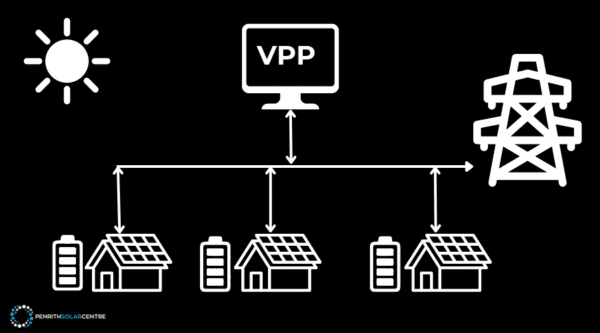
If you’re interested in learning a little bit more about how the grid works with solar batteries, you might want to check out the following article titled, What is a Virtual Power Plant (VPP)?
With batteries and your solar system’s consumption monitoring app, you can instruct your batteries to not import energy from the grid during these peak hours. This avoids hefty fines for excessive energy use, easing the strain on the grid. People with batteries can maintain their lifestyles while avoiding high costs.
If you’re interested in learning a little bit more about solar batteries, you might want to check out the following article titled, Enphase IQ Battery 5P vs Tesla Powerwall 2: Which is Right for You?
There’s a lot of potential for what a VPP can do for those who have a solar battery. The possibilities for energy management within a community are there. For instance, if your neighbour has excess energy stored in their battery, you could trade it and avoid fines while enhancing the overall efficiency of both systems. This concept is new, exciting, and has the potential to amplify your return on investment. It’s a developing field, but the prospects are promising.
These systems are evolving, becoming more intelligent and adaptable to optimise energy consumption and savings. This is all made possible thanks to the smart meter.
Smart Meters and Solar
Smart meters are here to stay, regardless of whether you prefer them or not. Energy retailers are replacing analogue meters for anyone who wants one (and if you’re getting solar installed, it’s required). Many retailers offer free smart meter installation, included in your contract if your current meter isn’t smart. If you have an analogue meter and it stops working, your retailer must replace it with a smart meter.
If your current meter can’t handle two-way electricity, coordinate with your retailer for a new smart meter. Keep your solar panels inactive until the new meter is installed, addressing any safety concerns raised by your retailer.
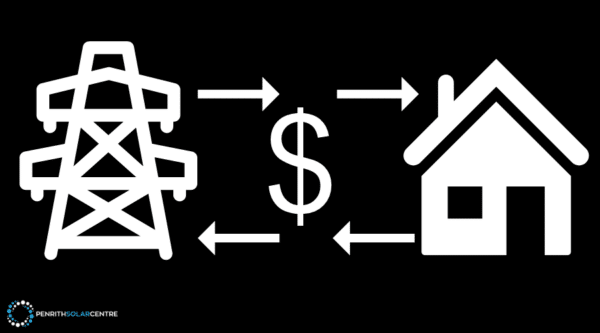
Being connected is crucial. A solar system not linked to the Internet will not be able to monitor and respond to electricity demands from the grid and how that will interact with your solar system and household needs. Smart meters measure surplus solar electricity sent back to the grid, so you can earn a feed-in tariff.
Energy retailers like Nectr or Blue Energy may, in the next five years, refuse excess energy and even charge you for it. As renewables exceed 100% of demand, the wholesale energy price can turn negative.
To combat this possibility, solar batteries and VPPs present a significant opportunity. Capitalising on excess energy during negative pricing and selling it back during peak times can even be lucrative for households with solar batteries, demonstrating an accelerated return on investment.
At Penrith Solar Centre, we are incredibly biased about our products (and our services too). We install what we feel is the best technology on the market. Smarter inverters that are capable of more detailed consumption monitoring have an advantage over string inverter systems that do not have that ability.
Microinverters stay flexible, smart, and connected to the Internet, ensuring control over your solar system. They work in harmony with smart meters rather than in spite of them.
If you’re interested in learning a little bit more about microinverters, you might want to check out the following article titled, Myths & Misconceptions About Solar Microinverters.
Getting to the Heart of the Meter
Now you know not only what a smart meter is, but you also understand how they operate to serve your best interest. Especially if you’re installing solar.
Energy retailers are installing them state-wide and solar system owners are maximising their savings by staying on top of energy pricing and production. With a solar battery, you have the potential to save even more and exert more control over how you use your electricity.
At Penrith Solar Centre, we want to do our part to help Australia reach Net Zero by 2050. We also want you to get the most bang for your buck with your solar system. Understanding the complexities of smart meters, energy retailers, and how the electrical grid works will serve to empower you as a consumer.
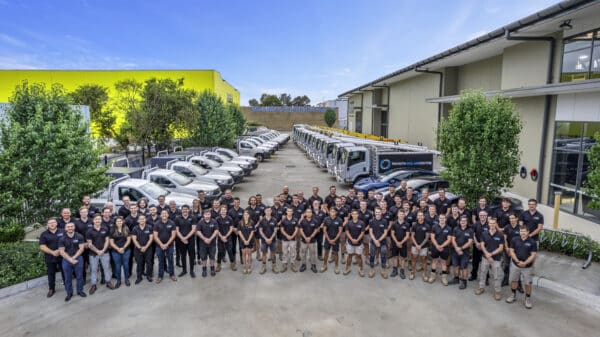
If you’re interested in learning a little bit more about how your electricity needs affect your solar purchase, you might want to check out the following article titled, How Much Solar Do You Need?
